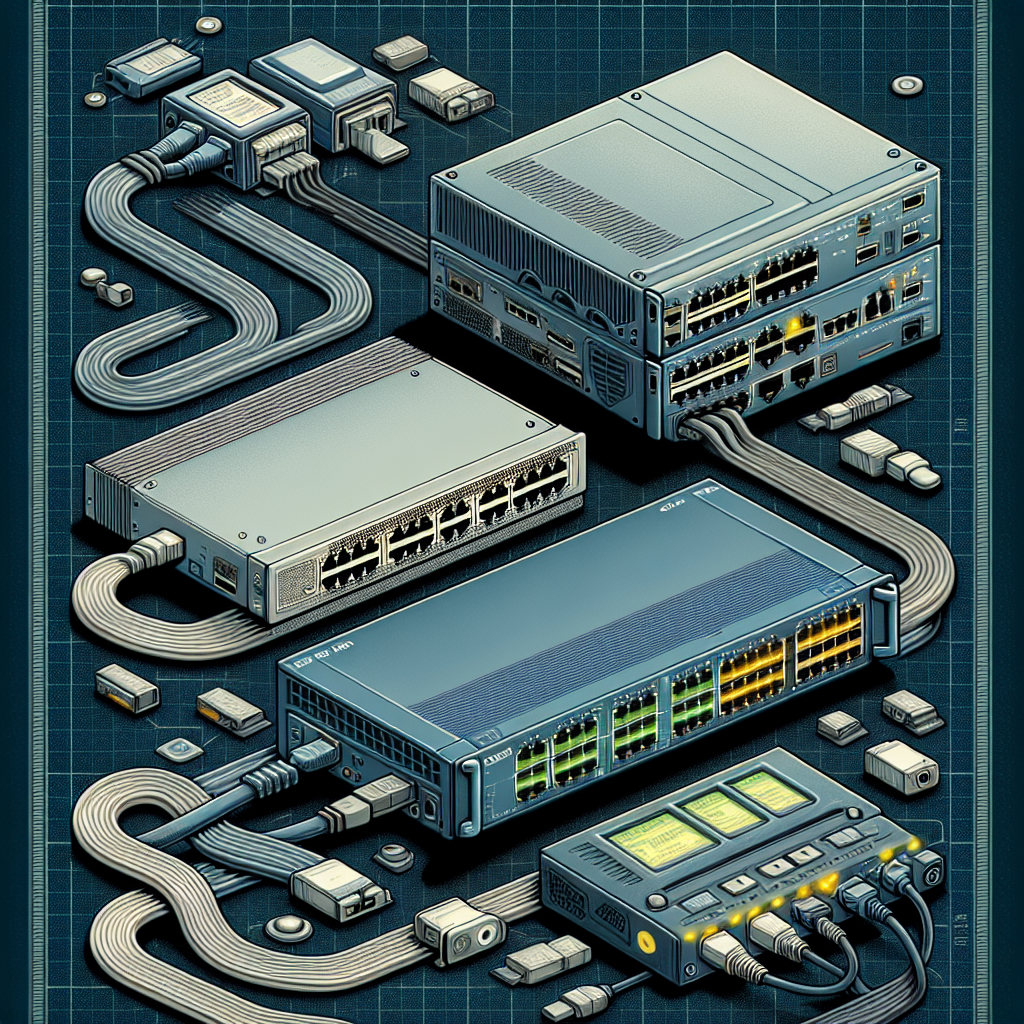The Evolution of Cisco Switches: From Catalyst to Nexus
Cisco Systems has been a leading provider of networking equipment for decades, and their line of switches has played a crucial role in connecting devices and enabling communication within networks. The evolution of Cisco switches, from the Catalyst series to the Nexus series, has been marked by advancements in technology and a focus on meeting the changing needs of businesses and organizations.
The Cisco Catalyst series, first introduced in 1993, quickly became a popular choice for businesses looking to build reliable and scalable networks. These switches were known for their robust performance, advanced features, and ease of use. Over the years, Cisco continued to enhance the Catalyst series with new models and capabilities, making them a staple in enterprise networks around the world.
As technology evolved and the demands of modern networks grew, Cisco recognized the need for a new line of switches that could meet the challenges of the digital age. In 2008, Cisco introduced the Nexus series, a line of data center switches designed to deliver high performance, scalability, and flexibility for modern networking environments.
The Nexus switches are built on a modular architecture that allows for easy expansion and customization, making them ideal for large-scale data centers and cloud environments. They also feature advanced technologies such as virtualization support, high-speed connectivity options, and advanced security features to help organizations meet the demands of today’s data-driven world.
One of the key differences between the Catalyst and Nexus switches is their focus on different networking priorities. While the Catalyst switches are more suited for traditional enterprise networks, the Nexus switches are designed for data center environments where high performance and reliability are paramount.
In addition to their technical capabilities, the Nexus switches also offer a range of management tools and software solutions to help organizations streamline network operations and improve efficiency. These include features such as Cisco’s Application Centric Infrastructure (ACI) and Cisco Data Center Network Manager (DCNM), which provide comprehensive visibility and control over network resources.
Overall, the evolution of Cisco switches from the Catalyst series to the Nexus series represents a shift in focus towards meeting the evolving needs of modern networks. With their advanced features, scalability, and performance, the Nexus switches have become a key component in helping organizations build and maintain high-performing networks that can keep up with the demands of today’s digital world.


